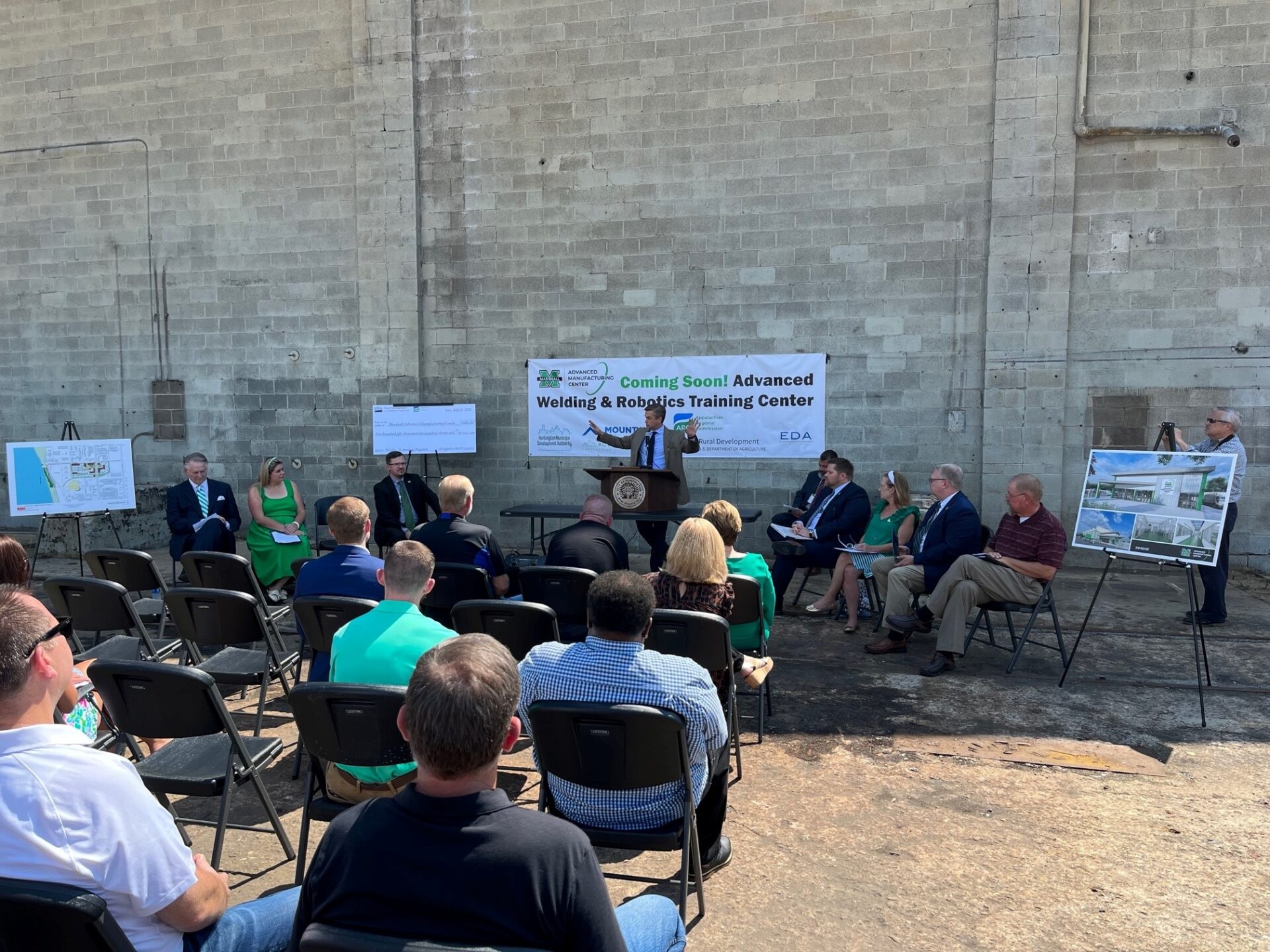In West Virginia, the investments announced on Monday total $16.9 million to address immediate needs and foster long-term economic growth.
The U.S. Department of Agriculture (USDA) announced Monday it is providing loans and grants to help people living in rural communities gain access to jobs, improved infrastructure, affordable housing and quality health care.
These grants are for communities in the federal government’s Rural Partners Network (RPN). Launched in April 2022 and expanded in November 2022, the RPN is now active in 10 states and Puerto Rico.
West Virginia has two community networks listed on the network’s website.
The first community network is “Southern West Virginia” and includes Mingo, Wayne, Lincoln, Boone, Logan, Wyoming, McDowell, Mercer, Monroe, Raleigh, Summers and Fayette counties. The Southern West Virginia Community Network is hosted by the WV Community Development Hub.
The second community network is “West Virginia Pioneer Community Network” and includes Braxton, Calhoun, Clay, Gilmer, Nicholas, Roane, Webster and Wirt counties. The Pioneer Community Network is hosted by Glenville State University.
According to the RPN, more than 448,150 people live within the twenty West Virginia counties included in the community networks.
Community networks receive support from full-time USDA staff who live and work locally, helping community leaders navigate federal programs and prepare successful applications for funding.
In West Virginia, the investments announced on Monday total $16.9 million to address immediate needs and foster long-term economic growth.
Ryan Thorn is the West Virginia State Director for the RPN. He said projects like the Boone Memorial Health clinic, announced Monday, are funding investments to build stronger communities.
“This project has been in the works for a number of years,” Thorn said. “Rural Development is proud to partner with them to bring this project to fruition. It is estimated that this project will help more than 32,000 patients on an annual basis.”
Boone Memorial Health received a $14.4 million loan to renovate a facility into a health and wellness clinic along with a direct grant.
Sen. Joe Manchin, D-W.Va., attended the announcement event and called the project “an amazing development,” noting the health care that will be available to current and former miners in the state.
“I was able to get a $3 million direct grant for this facility because it was a high area of high need,” Manchin said. “A lot of people in Boone County and all around surrounding counties that have done a lot for the quality of life that people all around the country providing the energy and the fuel they needed with the coal they mined here. And now to have the ability to live here and still have the quality of health care is even that much more important.”
In West Virginia, the investments total $16.9 million and will support five projects in RPN counties:
- Boone Memorial Health will receive a $14.4 million loan to renovate a facility in Danville into a health and wellness clinic. The project will provide quality outpatient healthcare and wellness services to a service area of approximately 32,200 rural residents.
- The town of Bradshaw will receive a $1 million grant to convert its current wastewater system into a traditional gravity system. This project will consolidate most of the existing customers onto centralized pumping stations for system efficiency and energy savings.
- The Forrest Place Preservation Association will receive a $904,783 loan to assist in the transfer, assumption, and rehabilitation of Forrest Place Apartments, an existing multi-family housing complex in Kermit.
- The Lavalette Public Service District will receive a $616,000 grant to upgrade the German Ridge and Dickson areas of the Northern Distribution System to better serve the system’s customers with fire flow, reduced water loss, and reduced operation and maintenance costs associated with leak repairs.
- The City of Smithers will receive a $17,200 grant to purchase a commercial tractor for the city’s street department. The vehicle is needed to maintain the city’s green spaces and for moving and clearing rocks, mud and debris from public areas.
